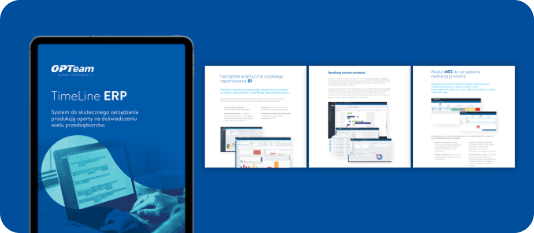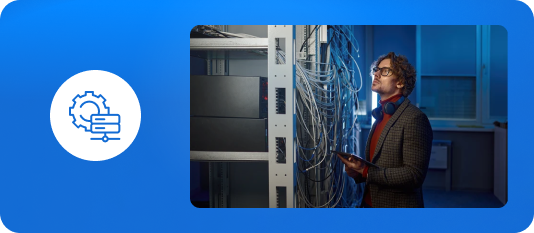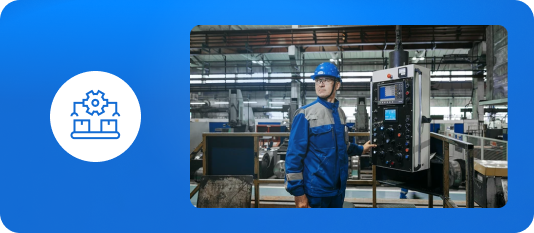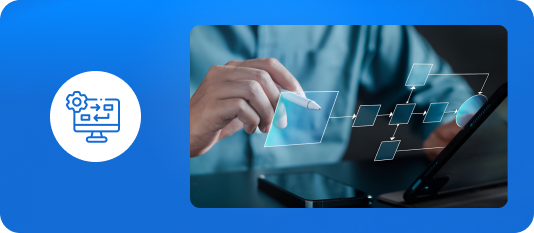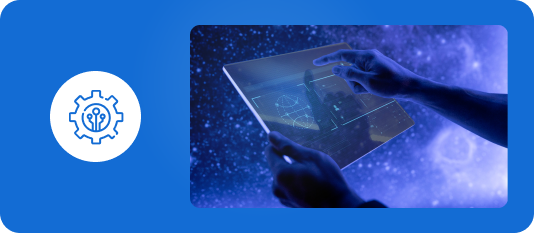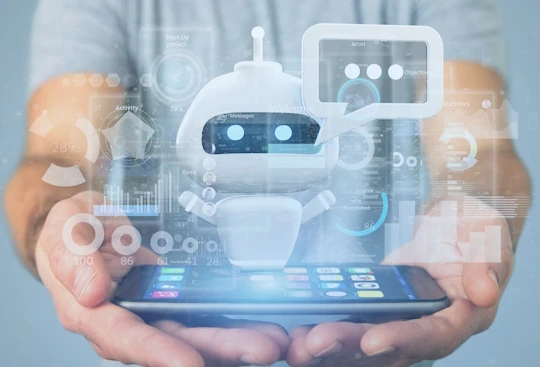Chatbot as a response to students' expectations and a solution that builds the image of a modern university
In this age of dynamic digitalization, students' expectations of universities are changing as rapidly as the reality around them. Familiar with technology and using it daily, they also want to utilize it in their communication with the university. Hence, the growing role of chatbots, which provide instant access to information and services, streamline online experiences.
The computerization of the higher education sector began many years ago. Since then, interest in IT solutions has not diminished, but rather grown. The undeniable benefits of using new technologies have been recognized. By streamlining decision-making and approval processes and handling formalities, they enable better work organization and faster task completion. Consequently, they lead to time and cost savings in administrative area. Similarly, the role of chatbots, which support information services and communication between academics and students, as well as applicants during the admissions process, has been recognized.
The reasons for the popularity of new technologies
The last two years have undoubtedly contributed significantly to the growing interest in IT solutions among universities. In addition to systems streamlining process management and document flow, tools for remote work and learning, as well as communication automation, have become essential. Solutions such as e-learning platforms and platforms for sharing educational materials have gained popularity during this time. Demand for chatbots has also emerged, proving effective not only in ongoing student support but also in the admissions process, where hundreds of questions from applicants can be handled daily.
We must also remember that a factor influencing the ongoing digitalization of universities is the generational shift among students, the beneficiaries of educational services provided by higher education institutions. We are now dealing with a generation that is familiar with technology and uses it daily in various areas of social life. Therefore, universities must and do view computerization not only through the lens of their own needs but also those of their current and future students, who expect faster access to information and more efficient processing of their applications. And as the role of technology in the world grows and future generations will increasingly use it, universities cannot and do not remain indifferent to this. Aware of the potential of new technologies and changing times, they follow IT innovations with varying degrees of interest, ready to invest in further digitization—understood not only as the implementation of IT solutions but also as the enhancement of the competencies of employees who use them.
Technological innovations expected by students
The degree of use of modern technologies is therefore today a determinant of the modern university that students expect and seek. While just a few years ago, digitalization generated varying levels of interest among universities, universities are now increasingly moving in this direction, seeking to be perceived as innovative.
For example, when chatbots first appeared, opinions were divided. On the one hand, it was considered a passing fad, but on the other, it was considered a leading trend and a technology with enormous potential – a fact confirmed in subsequent years. Currently, Virtual Assistants are no longer a future prospect for universities, but a current trend, even a necessity, stemming largely from the expectations of students who are increasingly embracing technological advancements.
This stems from the fact that, as recipients of services provided by the education market, students can be, and even increasingly are, positioned as customers. A more or less demanding customer. It is therefore not surprising that universities are adopting methods of building customer relationships practiced in the business world. An example is recruitment marketing, which has developed significantly in recent years to promote educational offerings. Communication automation is similar. Used in business, initially in e-commerce and later in the broader customer service sector, it is now gaining popularity in the education market as well, undoubtedly due to the effectiveness of tools such as chatbots and voicebots. These are advanced solutions that utilize natural language processing, machine learning, and even artificial intelligence. They have the ability to continuously learn to improve the communication process, responding to an increasing number of requests simultaneously while maintaining high-quality service. They quickly provide precise answers to questions, reducing the burden on customer service staff.
Virtual Assistants support employees and students
This is precisely why chatbots and voicebots have also found application in the education market, where they perform very well, providing a range of benefits to both administrative staff and students. They also address the expectations of education market customers, who constitute a relatively young target group, well-versed in new technologies. The popularity of mobile devices and widespread internet access mean that young people want to quickly obtain necessary information and conveniently complete formalities remotely. Communication automation tools help them achieve this, simultaneously reducing the burden on dean's office staff in matters related to the course of study, admissions offices in serving applicants, and academic career offices in providing career counseling.
In the case of virtual assistants, both chatbots and voicebots, it's important to emphasize not only conversational skills but also the most comprehensive handling of tasks within selected processes – for example, in the recruitment process. We should clearly define key performance indicators for chatbots and voicebots, such as the number of student applicants served, the number of marketing consents collected, and the number of correctly conducted dialogues regarding the course of study, assessments, consultations, lectures, etc. Clearly defined goals for automation tools mean that their role in higher education is increasingly better understood. At the same time, it's worth emphasizing that AI-based technology (artificial intelligence) isn't intended to replace professional staff, but rather to effectively support them in their daily work.
